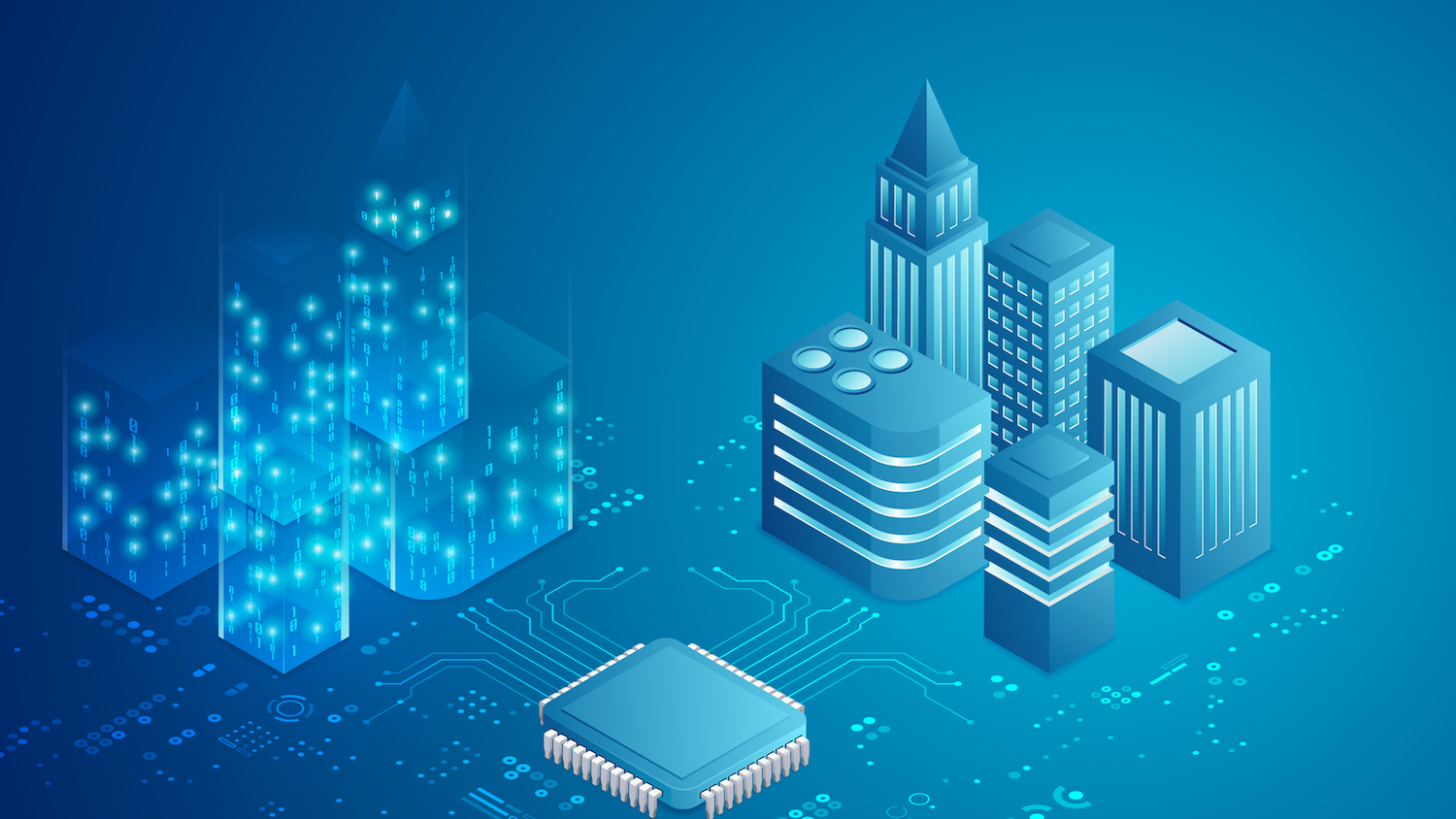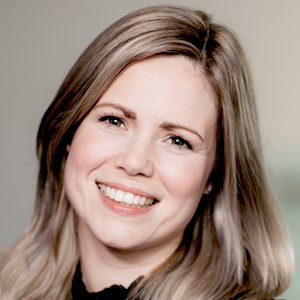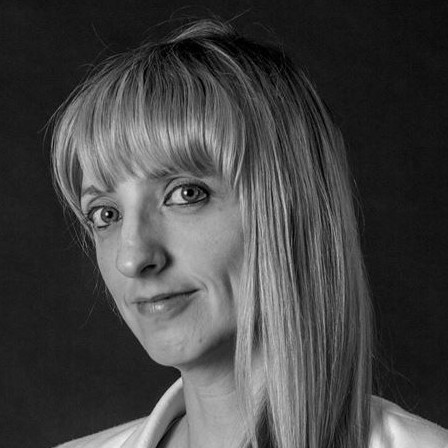
What’s your definition of a digital twin? An expert panel debated this meaning at the Women in BIM conference in London on 22 November.
The digital twin panel was chaired by Henry Fenby-Taylor, chief executive of Athenophilia and author of the Fenby-Taylor independent review of cyber-physical infrastructure, Responsive Infrastructure.
On the panel was:
- Vicki Reynolds, chief technology officer of Catalyst;
- Emma Hooper, head of R&D at the BuildData Group Research Institute;
- Linda Wade, chief executive and founder of Spinview; and
- Michael Keeley, principal consultant at Turner & Townsend.
Fenby-Taylor asked the simple question: “What is a digital twin? It feels to me like there are a lot of views.”
Reynolds answered first: “I can tell you what it’s not. It’s not necessarily a virtual representation of a physical asset, you can have the most detailed model in the world of your physical asset – that is not a digital twin, unless it has two-way connectivity of data. So if your physical is speaking to your virtual and your virtual is speaking to your physical, you have a twin. Anything less than that is a simulation or a cloud or BIM, it’s something else.”
Hooper added: “Let’s take it back to basics – it’s about information. Information management to me is about the creation and maintenance of information models. And when I say information models, I mean connecting data across an asset’s life, and that needs to be in place first. If you start to follow standards like ISO 9650, you’re on the path to that.”

“You can have the most detailed model in the world of your physical asset – that is not a digital twin, unless it has two-way connectivity of data.”
Starting with data
Hooper continued: “It’s great, at the end of the project, having an information model, but that needs to be kept in line with the physical asset. So anything that changes within the physical asset then has to be replicated within the virtual information asset.
“That is the base scenario, that’s where we should be getting to as an absolute minimum. And that’s where we can start to bring in all the [likes of] digital twins, the golden thread, and AI.
“A digital twin, to me, is then building off that base dataset. Then you’ve got the connection to the physical asset, so you can monitor. Once you do that, you can start to do simulations, you can start to rehearse for different strategies before they actually happen.
“And then you have the connection the other way: from the virtual asset back to the physical one. So you’ve got that roundtripping of data. And from that you can carry out predictions, because you’ve got datasets to learn from. The really important part is to have the trusted, robust and accurate data that underpins it all.”
Linda Wade extrapolated this concept: “It’s all of those things and more. But ultimately, it’s about how can you use the information of how you’re building your space or how your infrastructure is performing in the real world, in a digital environment to inform you to do something? What is it that you want to achieve? Is it a cost saving? Is it a business efficiency?
“It’s alright having all of these different datasets, but it’s actually about being able to translate all of that information into something usable, something manageable, and then something that’s understood and can be communicated by all the employees.”

“The really important part is to have the trusted, robust and accurate data that underpins it all.”
Iterative process
Michael Keeley observed: “It depends on the use case; it depends on the problem you’re trying to solve. Ultimately, a digital twin is a tool. That’s all it is: it’s there to realise other benefits like cost savings, time savings, better decision-making, for example.
“It really depends who you ask, not just on this panel, but also in the wider industry. Most of our industry is not made up of BIM professionals, they’re project managers, cost controllers. The fact that most of them have heard of digital twins is a really positive sign that the industry is moving in the right direction.
“It’s very easy to get hung up on what a is digital twin, what is not a digital twin. I think there’s a bit of a grey area between communities. When does a 3D model become a digital twin? Is it when you connect sensors from the ground? Ultimately a digital twin is an iterative process. You can’t just get a digital twin and ‘happy days, here it is!”
Reynolds clarified: “A digital twin doesn’t necessarily have to have any geometry at all. It doesn’t have to be a model at all. And it doesn’t have to be a whole asset either. It can be a small element of an asset that you are monitoring, like a heating system or something like that.”
She noted: “I would say that a digital twin solves no problems unless you have the appropriate people with the appropriate skills and the appropriate processes to underpin.”
Don’t miss out on BIM and digital construction news: sign up to receive the BIMplus newsletter.
Comments
Comments are closed.













I applaud the WIB group, been to a few sessions myself but I dont get why we keep talking about digital twins. Are we builders or are we maintainers?
Our industry BIM folk is so off target that everyone is running around like headless chickens. I still have QS still wanting to measure drawings, project managers who prioritise everything other than IM and clients who haven’t a clue what to do with ifc models and COBie. Cant we just stop and think about what we are pushing and the impact its having in the rest of us? You cant promote change and digital adoption by skipping the simple steps and going 100mph. List of issues longer than my arm are still being worked on by BEIG GIIG for last 5 years and still haven’t released anything.